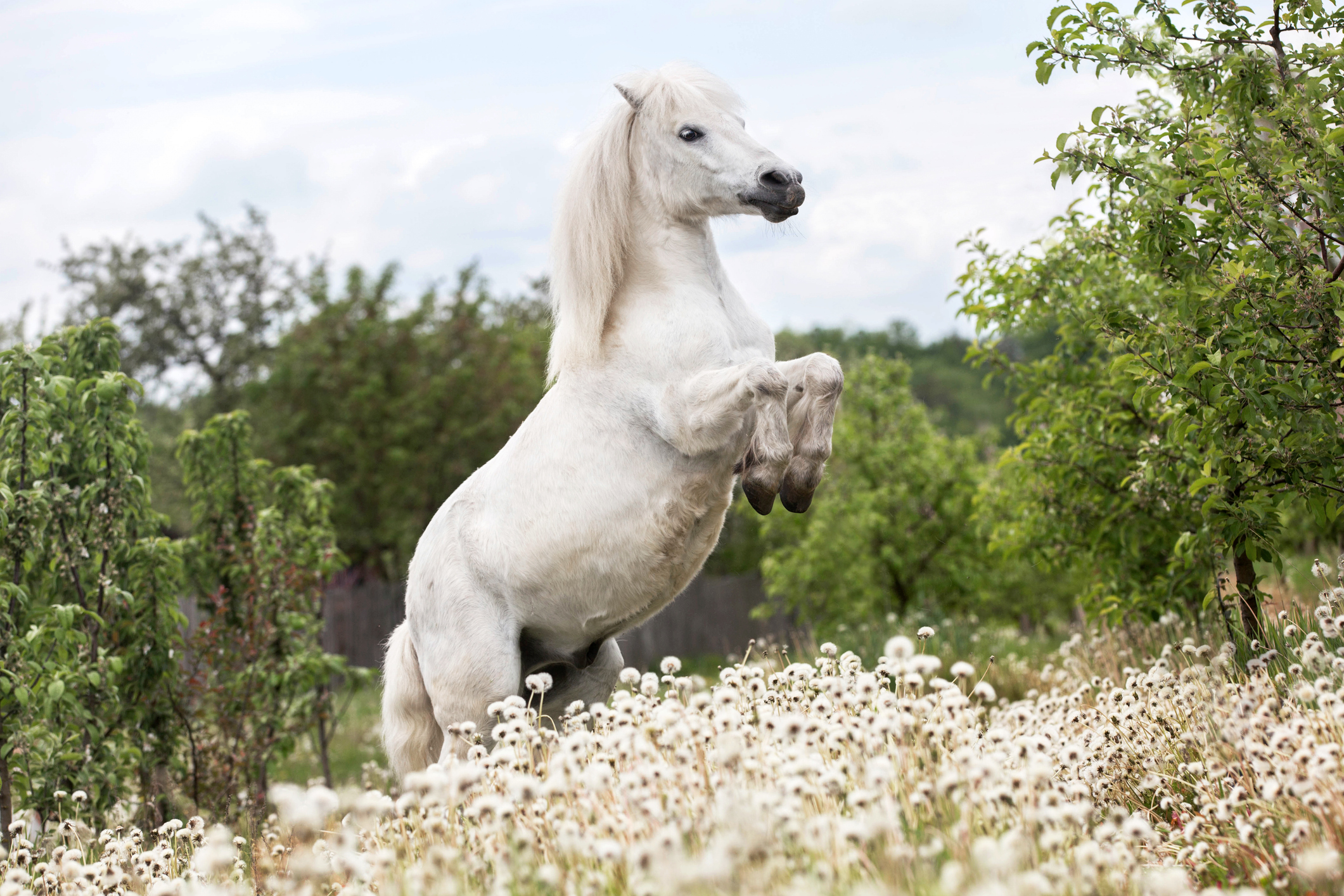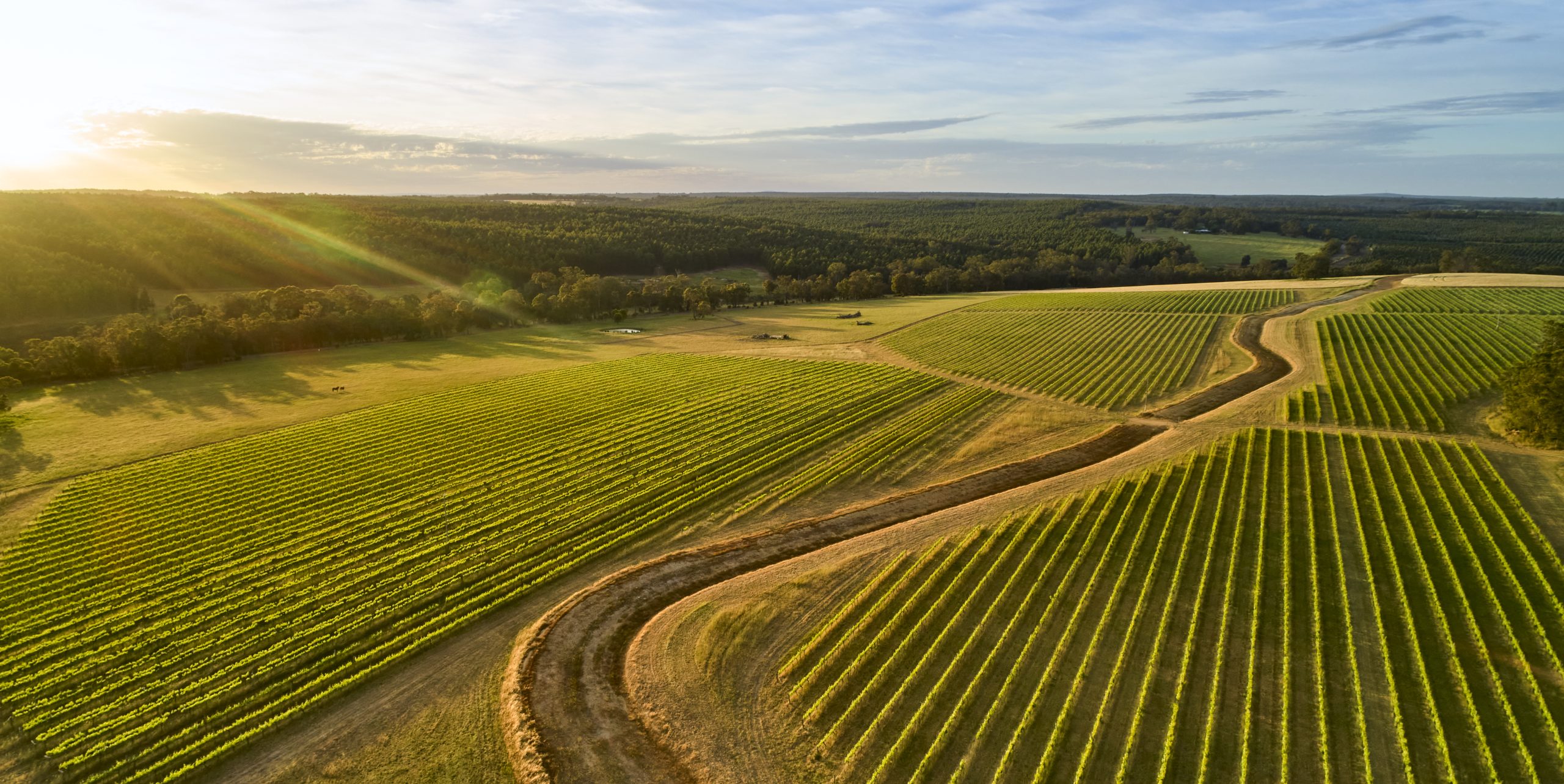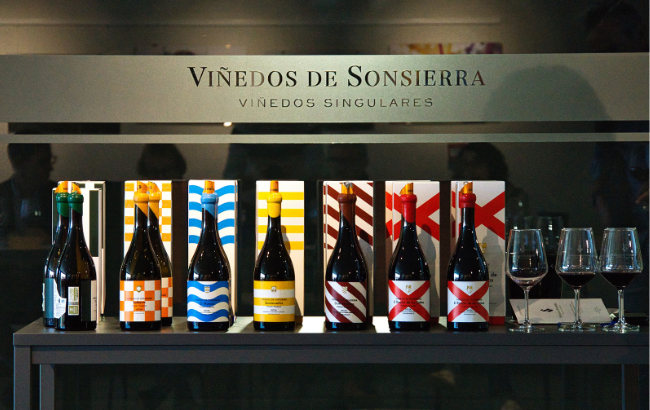Can Chinese yellow wine make a comeback?
By Joyce YipYellow wine is commonly consumed exclusively as a pairing with Chinese mitten crab, an autumnal delicacy. But as makers of the ancient spirit try to unshackle huangjiu from the limits of this tradition, Joyce Yip explains the story behind the spirit and its new wave of modernisations.
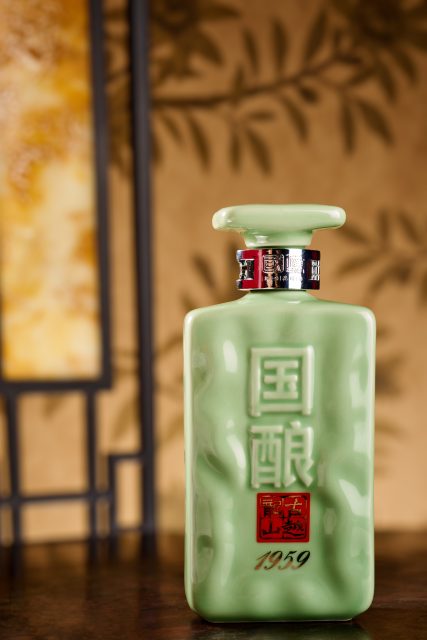
Chinese huangjiu – or yellow wine – dates back 3,000 years, with origins as far back as its alcoholic siblings wine and beer. A prelude to Chinese baijiu, huangjiu was founded in the Zhejiang region and is fermented with a combination of rice, gluttonous rice and wheat before being aged for up to 20 years.
The yellow-orange liquid of 14%-20% ABV can range from dry to saccharine, with entry-level variations made for cooking (Shaoxing wine) and more premium versions traditionally meant for celebrating the passing of exams (Zhuangyuan Hong) or as a dowry (N’er Hong, or Daughter’s Wine). Huangjiu is also referred to as huadiao, or withering flower – a name originated for N’er Hong in families where the daughter has passed away prior to marriage.
With such a long history of tradition, why has yellow wine flown under the radar for so long?
One reason for its slumped popularity is huangjiu prohibitions during China’s periods of poverty and war, when grain production was barely enough to feed the mouths of its population.
Second is the rise of beer, beginning with the German introduction of the Tsingtao brewery in Qingdao in 1903. In September 2024, this beer’s revenue sat at CNY8.89 billion.
In contrast, according to the latest data by Huaon.com, a Chinese research agency, in 2022 the entire huangjiu category saw a revenue of CNY12.72bn (£1.39bn).
Baijiu sales also far outweigh that of the spirit’s predecessor, and in the same year, Kweichow Moutai, China’s biggest baijiu producer, made CNY124.1bn.
Kent Tong, general manager of yellow wine producer Gu Yue Long Shan’s Hong Kong branch, wants to increase huangjiu’s popularity. The ancient rice wine performs best during the winter harvest of Chinese mitten crab – a cooling delicacy, according to Chinese food nutrition philosophy. But Tong wants to extend its popularity beyond this pairing.
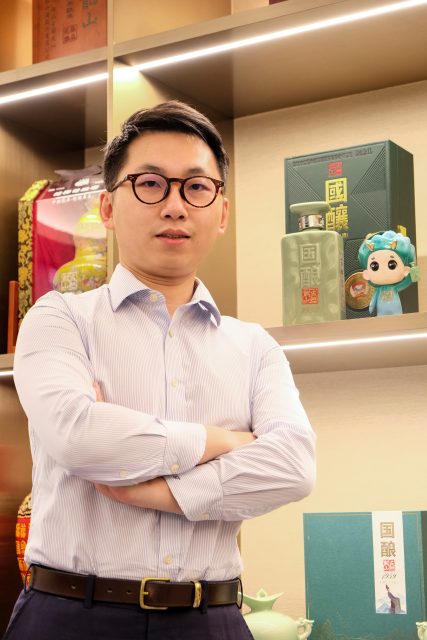
In 2024, his brand – which offers cooking Shaoxing wine starting from HK$22 (£2.28) to 50-year-old huangjiu worth more than HK$15,000 (£1,551) for a 500mL bottle – hosted 16 events. Of these, half were food pairing featuring the Chinese mitten crab. Tong’s biggest demographic are 50-year-olds and above.
Tong laments the lack of regulation in the industry. He argues that the alleged age of the wine – which has the biggest impact on price – is based solely on an honour system.
Partner Content
“Sometimes you’d see a five- or six-year-old distillery with a 20-year-old wine, it’s a joke,” he says.
Cocktails are not an effective global gateway for huangjiu, he argues, making it dissimilar to the likes of rum and gin and more like its sibling baijiu, the distinct flavours of which often easily overpower the drink.
Instead, he’s focused on partnering with high-end restaurants like Mott 32 — which has eight locations including Hong Kong, Las Vegas, Dubai, Bangkok, Singapore and Seoul — and Hong Kong’s modern European dining spot Arcane, which makes a sauce with his huangjiu.
He’s redesigned his bottles into the likes of ceramic vases and even sake bottles for his second biggest market, Japan.
“It’s still a big gap between huangjiu and baijiu but we’re taking small steps,” he says.
Sara Checchi, group head sommelier & beverage manager of Maximal Concepts, which heads Mott 32, serves three of Gu Yue Long Shan’s huangjiu with ages spanning 10 to 30 years and a price range of HK$1,250 (£129) to HK$3,580 (£370) per bottle.
Outside of Chinese mitten crab season, she says the majority of her huangjiu drinkers are Chinese customers “who are already familiar with it”. But her sommeliers strive to educate patrons on its flavour profile that complements with dishes year-round.
“Its history is really fascinating, and when we get the chance to engage the guests with it, they are happy and willing to try it,” she says.
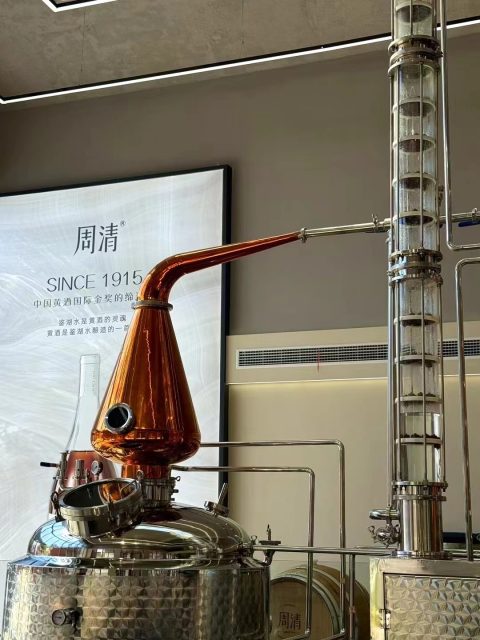
Zhouqing is another huangjiu label that dates to early 1900s. This yellow wine producer is taking a different approach, concocting new lower sugar recipes and interesting fusions like a huangjiu whisky to attract high-spending, younger drinkers.
Aside from wine bottle-like packaging, Zhouqing has even joined hands with Louis Vuitton to design a cork. In December, it landed its first placement in Hong Kong at the French restaurant Cristal Room by Anne-Sophie Pic, with further plans to expand into Japan and Southeast Asia.
Zhouqing’s general manager Hua-Jian Zhou says his goal is to focus on provenance. He wants to equate huangjiu with the Zhejiang region, “like when people think of wine, they think of France,” he says.
Related news
The man on a mission to bring baijiu to the UK masses

